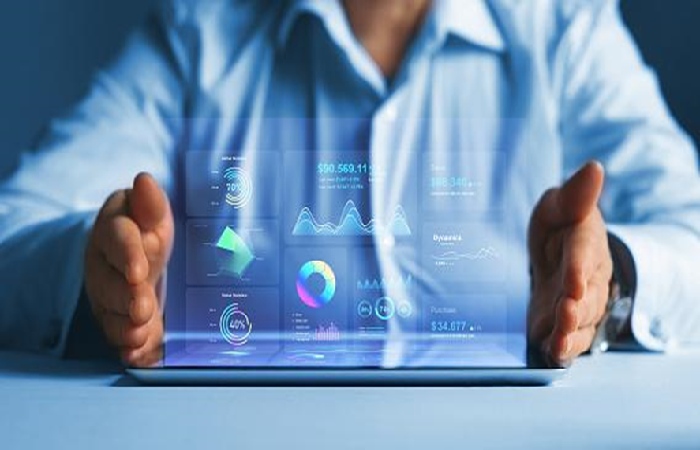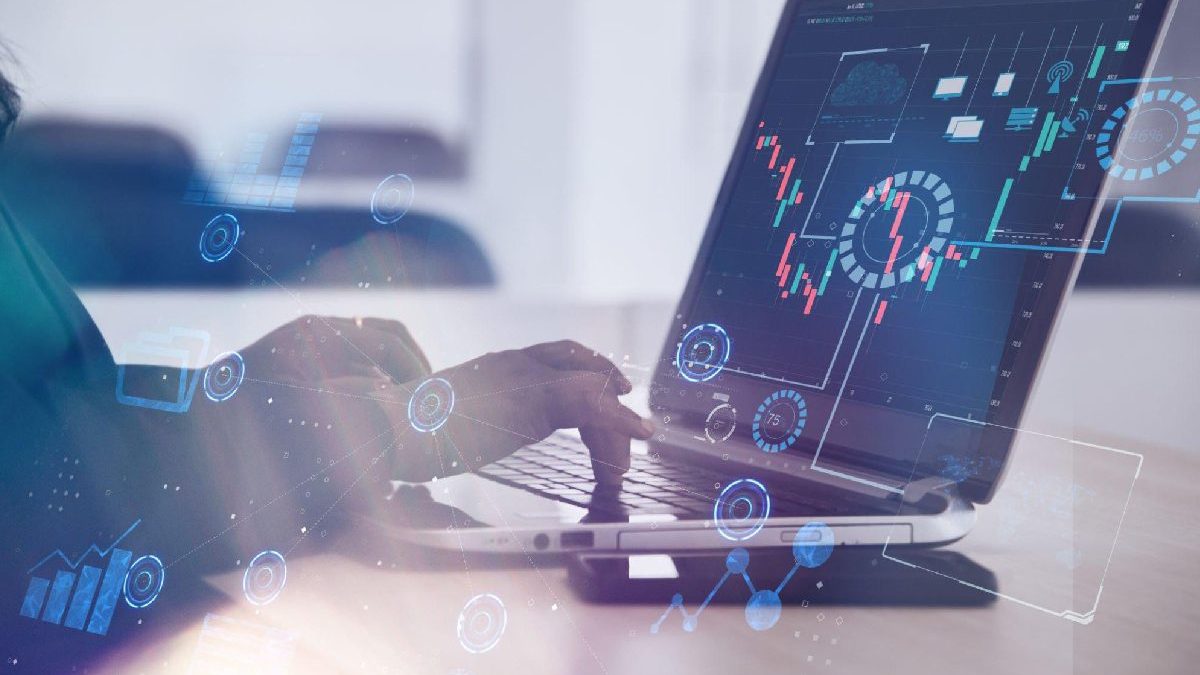Data visualization is an extremely useful tool. When executed properly, it is a far more efficient way of describing even the most complicated issues than lengthy sentences and paragraphs. Maps and graphs have been used to visualize data since the seventeenth century. When Charles Minard mapped Napoleon’s invasion of Russia in the mid-1800s, the world saw one of the first demonstrations of statistical data visualization.
The map provided a detailed account of the event by combining facts like the number of his army. It also included the direction of his withdrawal from Moscow with temperature and time scales. Nevertheless, the advancement of technology has propelled data visualization to its present pinnacle. As businesses deal with massive amounts of data daily, data visualization serves as the foundation for companies to make bold and, in most instances, accurate decisions. Keep reading to understand its capabilities for your business.
Table of Contents
What is the significance of data visualization?
“A picture is worth a thousand words,” as the saying goes. Visual media is a more practical way of transmitting any content, no matter how simple, complicated, or diversified. Analysts typically work with significant amounts of raw data in any BI workflow.
Correct data visualization solutions aid in the construction of complex algorithms, making it easier to derive relevant conclusions and enhance decision-making. Businesses can then utilize these insights to discover areas for improvement and variables that impact consumer happiness and generate better sales and growth predictions. Visualized data also aids in the identification of outliers and uncommon groupings, trends, patterns, and clusters on both localized and larger sizes.
Using data visualization
Data visualization is used to put data to life by all kinds of businesses, regardless of profession or size. Visualizations prevent accidental information losses by providing businesses with important insights into their KPIs. Businesses can use interactive data visualizations to capture specific populations and industries for prospects while also increasing sales with existing clients. With more than half of worldwide advertising purchases occurring online in recent years, more businesses realize the importance of web data and visualization tools and methodologies.
The Advantages of Visualizing Your Data
As previously said, data visualization allows analysts to understand their data better while eliminating the chance of human error during analysis.
The following are some of the primary advantages of data visualization:
Message is reinforced
Visual information is significantly more straightforward to absorb and remember than textual information, making it more potent. Using dynamic images to support your facts and information enhances the message you’re attempting to deliver to your audience. However, selecting the appropriate type of visualization based on the information conveyed is also critical. Visualizations that are incorrect or misleading confound and confuse the audience, which could be more helpful.
Because various stakeholders can examine, understand, and share data insights, visualization facilitates communication and collaboration. We increasingly want data to be delivered in simple, visual formats. When we want to know the performance of our websites, for example, we visit Google Analytics, which contains charts that help us understand the information significantly better than plain tabular data. Consider sales dispersed across a geographical region or retail outlet and distributor locations. It would be more beneficial to consider this a geospatial distribution rather than descriptive text.
Trends and data visualization
Among the most apparent yet essential advantages of data visualization is the capacity to comprehend various trends across time. You must use historical and current data to generate forecasts about your products, sales, or other KPIs. Spotting current trends and forecasting future ones informs you what you need to understand about your present industry position and what you can achieve. Business meetings that analyze visual data tend to be shorter and more readily reach consensus than meetings that solely analyze text or statistics. Data visualization speeds up decision-making and allows users to gain greater insight into patterns and trends.
Thanks to effective visual presentation, audiences are significantly more captivated when they can relate to data. Data visualization can eventually drive opinions and action since images elicit emotional reactions. When presented visually, data that highlights your strengths powerfully generates trust and convincing during sales presentations. Allow your sales personnel to present visual data that backs up claims instead of simple words.
It gives a better insight.
Data visualization allows you to swiftly process massive amounts of information, providing in-depth and accurate insights into the most critical parts of your organization. Furthermore, it enables you to communicate all this information to your audience simply and effectively. Decision-makers are only sometimes aware of and knowledgeable about all aspects of their businesses. When done correctly, data visualization brings leaders up to date on all KPIs, allowing them to make rapid and smart decisions.
Data visualization is one of the most important tools for bridging an organization’s cross-departmental differences. Interactivity contributes significantly to engagement. Can you design interactive infographics from which users can edit, ask questions, and draw inferences? This contributes to the data’s trustworthiness.
Assists decision-makers in responding to market changes
Analysts and decision-makers can respond swiftly to any drastic changes and avoid preventable mistakes when a corporation’s KPIs are reliably monitored and clearly shown on real-time dashboards. Early detection of any trend allows businesses to respond correctly — to ride or exit a metaphorical market wave — in time to gain the greatest benefits or avoid the greatest losses.
The advantages of data analytics are now accessible to employees across your business that may not be specialists in the subject thanks to visualization. Even if your sales personnel is not an expert at reading data, using the correct data visualization technologies may provide insight into consumer behaviors and attitudes. Data visualization combines technical analytics and artistic storytelling with the correct tools and training, simultaneously building specialists.
Aids in decision-making
Major commercial decisions are rarely made on the spur of the moment nowadays but rather based on detailed assessments powered by accessible data and information. When precise, unbiased visual tools represent these assessments, the decisions produce the best outcomes for your organization. As a result, it is critical to feed complete, unbiased data into your decision-making procedures and consistently and dynamically update charts and graphics to always present correct findings.
Because data visualization is such a valuable tool, businesses must recognize its value early on and incorporate it into decision-making workflows continuously. Data visualization brings teams together when used correctly, inspires executives to make more productive, data-driven judgments, and effectively communicates organizational messaging.
Final thoughts
You will achieve the best results when visualizations are created to serve your business goals. Specific data visualizations aid in analysis, while others convey information engagingly. Some are intended to demonstrate concepts, processes, or techniques to various types of viewers. Create your own based on your individual goals, data type, and the demands of multiple stakeholders.
Data visualization reveals trends, processes, and correlations that would not be obvious from statistical information or traditional modes of representation. Data visualization can provide further understanding and interrelationships. Forecasts based on data visualization are more accurate than others. When it comes to customer behavior, visualization allows you to examine various distinct elements and how they are related, resulting in a better understanding.

